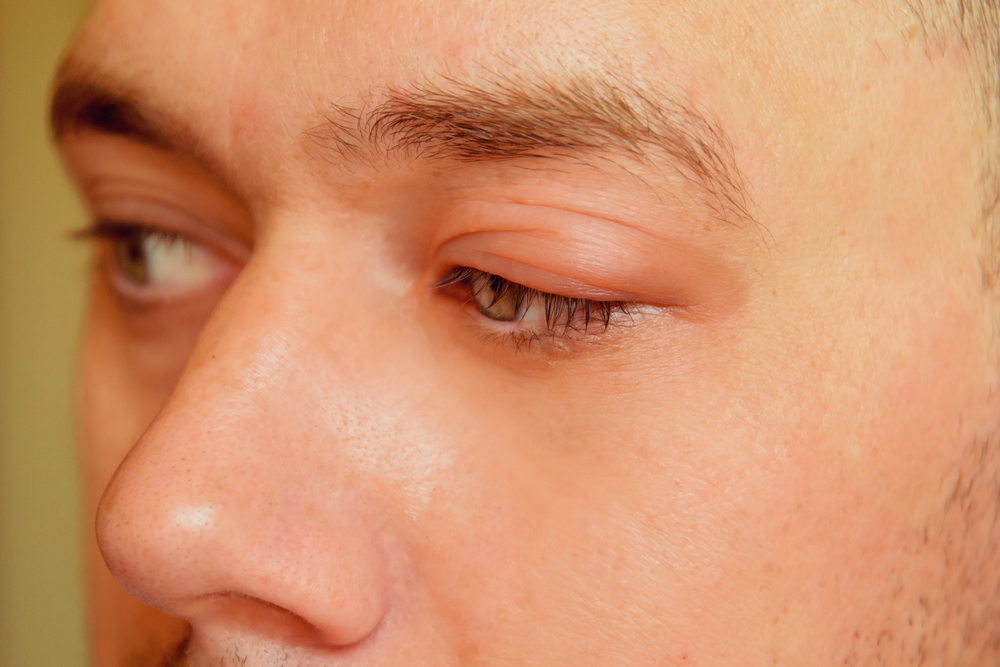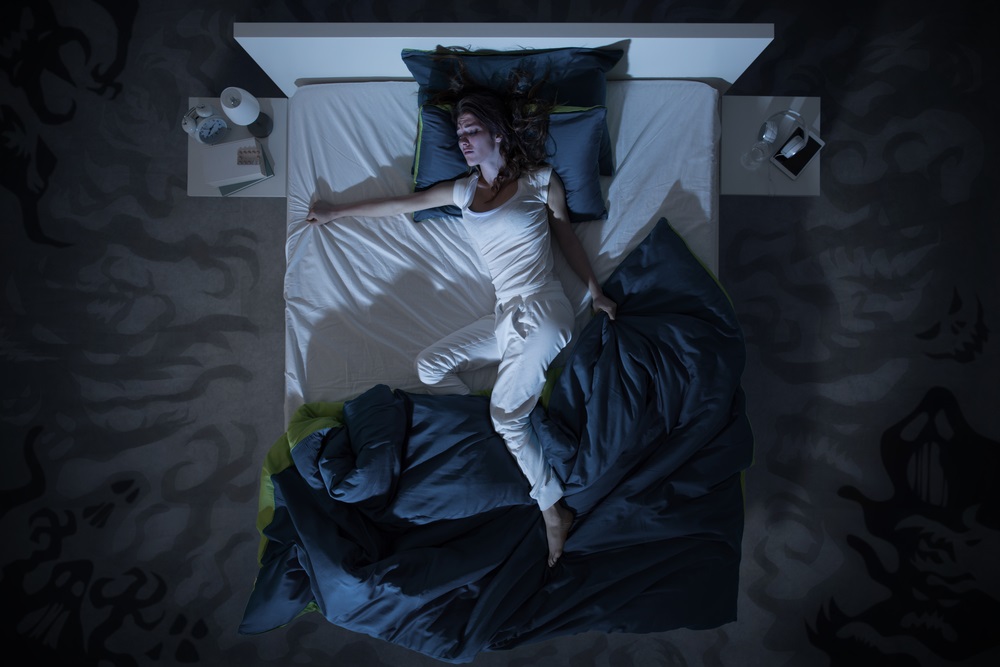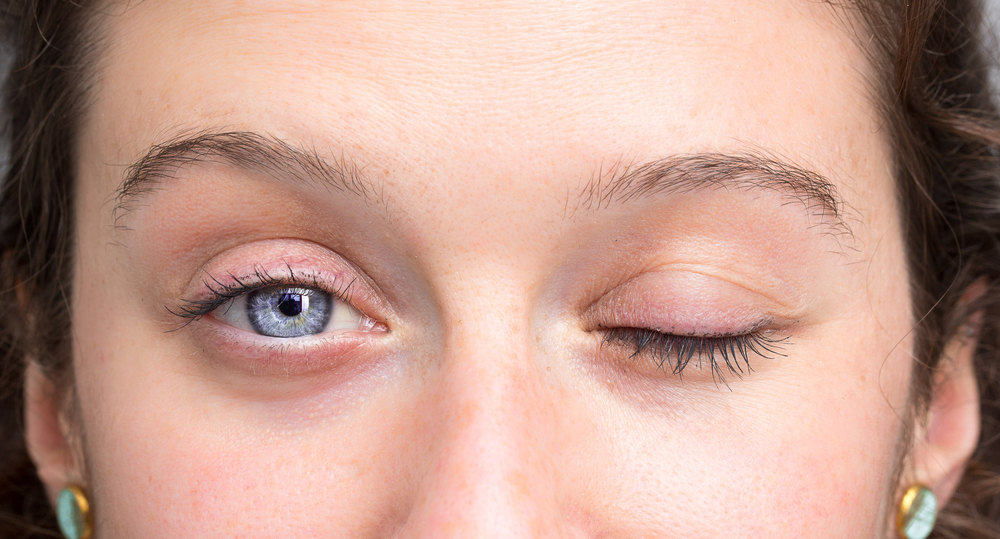- Blepharitis is a condition associated with irritation of the eyelids and eyelid margins.
- There is no cure for blepharitis, but it is manageable.
- If left untreated blepharitis can cause blurry vision and light sensitivity.
- Prevention of the condition includes proper eye hygiene and a diet rich in omega-3.
What Is Blepharitis?
Blepharitis is a condition associated with irritation of the eyelids and eyelid margins. It is typically caused by the clogging of glands that produce tears every time you blink.
The obstruction of those glands usually results in the inflammation of the eyelid margins: that area located at the edge of the eyelid, and eyelashes.
The condition affects young and old alike and commonly appears in individuals with oily skin, dandruff and/or dry eyes. When the eyelids and lashes become bathed in grease and bacteria it results in:
- Irritation
- Itchiness
- Redness
- Burning eyes
The ailment is one of the most common eye disorders eye doctors encounter. In fact, a 2009 survey of ophthalmologists and optometrists suggests that between 37% – 47% of their patients show signs of blepharitis.
Types of blepharitis
There are two types of blepharitis:
- Anterior blepharitis
The inflammation is mainly centered around the skin, eyelashes, and lash follicles.
- Posterior blepharitis
This results from Meibomian Gland Disease. The meibomian glands are located around the eyelids and are responsible for the production of meibum, an unctuous substance that ensures the eyes remain moist and healthy.
What causes blepharitis?
Blepharitis is generally tied to one or several of the following skin conditions:
- Acne Rosacea
Between 20 and 42% of all patients with blepharitis are diagnosed with this form of stubborn adult acne.
- Seborrheic Dermatitis
This is a common skin condition that results in scaly patches, red skin, dandruff and flaky, oily skin. It is reportedly present in approximately 33% – 46% of all blepharitis cases.
- Demodex
A type of tiny mite that inhabit the hair follicles of mammals. Two of the 65 known species are capable of living around human eyelashes. An infestation of these mites is characterized by dandruff around the eyelashes.
The waste left behind by the parasites causes blockage of both the follicles and the eyelid glands and is believed to be the cause of 30% of all cases of chronic blepharitis.
What are the symptoms of blepharitis?
Following a night of closed eyes, eyelids that have remained in extended contact with the surface of the eye during sleep become saturated with secretions that result in lid irritations.
These symptoms are therefore typically more pronounced in the mornings:
- Matted crust around the eyelashes that can cause bleeding
- Eyelash loss and disfigured lashes
- Chronic tearing
- Oily flakes forming at the base of the lashes
- A subtle reddening of the eyelids
- Vision issues such as blurred vision and light sensitivity
- Gritty sensation under the eyelid when blinking
- Dry, irritated eyes
How is blepharitis diagnosed?
Although there is no cure for blepharitis, it can be treated and controlled.
This means it is of primary importance to take proper care of your eyelids. If you don’t treat the condition, it could result in scarring and/or injury to both your eyelids and your eyes.
A comprehensive eye examination that emphasizes the eyelids and the front surface of the eyeball is essential. Based on the appearance of the eyelid margins, an optometrist can diagnosis the type of blepharitis and determine the best treatment.
How can blepharitis be prevented?
Dr. Taylor Bladh suggestions include a hygiene regime that incorporates lid scrubs. “A product similar to OCuSoft Lid Scrub Plus, my personal favorite, is what I would recommend.” For best results, he suggests that warm compresses be placed on the eyes for 10-15 minutes nightly.
Dr. Bladh also points out that an omega-3-rich diet that includes fish and nuts can improve meibum production and further protect your eyes from becoming dry and irritated.
Omega-3 food sources:
- Mackerel
- Salmon fish oil
- Cod liver oil
- Walnuts
- Flax seeds
- Herring
- Egg yolk
- Hemp Seeds
- Anchovies
In clinical trials, omega-3s appear to improve tear production. But keep in mind of just how difficult it is to consume enough omega-3s from food alone to protect your eyes, which is why, for many, supplements are such a tempting option.
However, when it comes to supplements, do not introduce them into your diet without first consulting with your physician to determine whether they are a healthy option for you.
How can I treat blepharitis?
Home treatment
When it comes to effectively treating the irritation and discomfort associated with blepharitis, Hollywood, FL, ophthalmologist Inna Ozerov, MD, insists that for basic lid hygiene, certain over-the-counter applications are useful in treating mild cases of blepharitis.
“Over-the-counter treatments include lid wipes specifically designed for blepharitis,” notes Ozerov. One outdated recommendation that Dr. Ozerov dissuades blepharitis suffers from embracing is the use of diluted baby shampoo. “There are foam formulas that can be used for lid hygiene that provide better results. Warm compresses, followed by lid scrubs are highly effective.”
But Dr. Ozerov also warns people who think they’ve beaten blepharitis after experiencing improvement following treatment. “Many people stop maintaining the regimen once they begin to feel better. But what often happens, as a consequence, is they invite the condition to return, and the patient has to restart with his or her treatment all over again.”
Primary daily eyelid treatment should include the following procedure:
- Soak a clean washcloth in warm water
- Wring out the cloth and place it over your closed eyelids for 5 minutes
- Re-soak to ensure the cloth stays warm
The washcloth’s warmth will soften crusty, oily debris and help clear the glands.
Eye doctors also recommend avoiding the application of eye makeup, especially eye-liner, as it can contribute to the clogging of the tear glands. But, if you must wear makeup, experts suggest removing all of it before sleep to help avoid blepharitis flare-ups in the morning.
Clinical treatment
When hygiene measures fail to stop persistent blepharitis, a visit to the eye doctor is necessary. An eye doctor can examine you for an underlying condition and prescribe medications that include eye drops, testosterone cream, and antibiotics to help treat the symptoms.
Your optometrist or ophthalmologist may also recommend meibomian gland expression. It involves the squeezing of the eyelids with tiny forceps to remove tear gland obstructions. Many blepharitis sufferers speak glowingly about the lasting relief it provides.
Another option involves a 12-minute procedure that gently heats and clears eyelid glands, known as a Lipiflow. The gland blockages caused by meibomian gland dysfunction (MGD) are removed by employing heat and massage to the inner and outer lid using a thermal pulsation treatment.
In a recent study, they found the efficacy of one Lipiflow treatment was equivalent to 3 months of twice daily compresses to the eyelid region.
What complications can result if left untreated?
Complications can result in lid and eye conditions that can cause you discomfort and potentially undermine your vision. Such conditions include dry eye syndrome as well as conjunctivitis, an inflammation of the transparent membrane that covers the whites of your eye and is triggered by blepharitis bacteria.
Meibomian cysts can develop inside your eyelids when the tear glands are neglected and become inflamed. They usually disappear on their own, but in persistent cases removing the cysts may require minor surgery.
In severe cases of blepharitis, the inflammation can damage the surface of the cornea. When the cornea is at risk of ulceration and infection, it can turn into a sight-threatening condition.
It is of the utmost importance that you seek immediate medical assistance if you experience any of the following keratitis symptoms: light sensitivity, sudden eye pain, and worsening vision.









